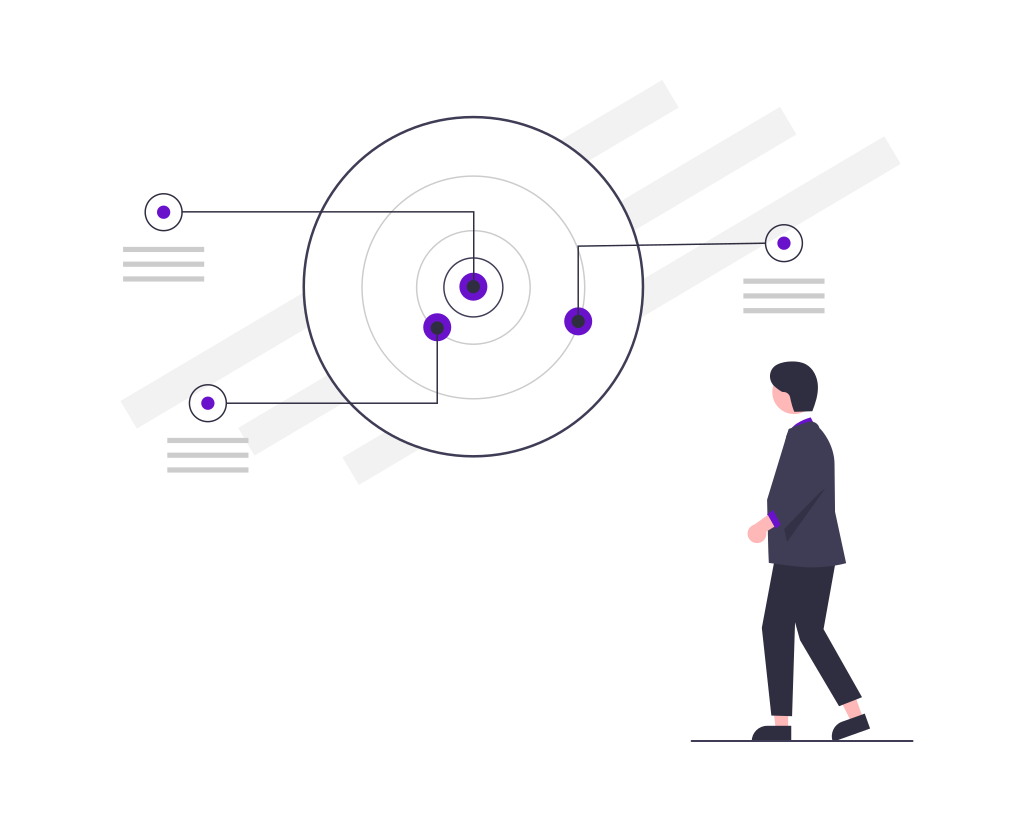Predictive analytics has emerged as a game-changer in the world of B2B marketing. By leveraging advanced data analysis techniques, businesses can anticipate future customer behaviors, optimize their marketing strategies, and gain a competitive edge. This blog explores the integral role predictive analytics plays in shaping successful B2B marketing strategies.
Understanding Predictive Analytics
Predictive analytics involves using historical data, statistical algorithms, and machine learning techniques to identify the likelihood of future outcomes. It’s about making data-driven predictions that can guide strategic decisions. For B2B marketers, predictive analytics provides valuable insights into customer behavior, market trends, and campaign performance.
Key Components of Predictive Analytics
1. Data Collection: The foundation of predictive analytics is robust data collection. Gather data from various sources, including CRM systems, website analytics, social media platforms, and sales records. Ensure the data is accurate, comprehensive, and up-to-date.
2. Data Analysis: Use statistical models and algorithms to analyze the collected data. This process involves identifying patterns, correlations, and trends that can inform predictive models.
3. Predictive Modeling: Develop models that forecast future behaviors and outcomes. These models can predict customer lifetime value, churn rates, and the likelihood of conversion, among other metrics.
4. Validation and Refinement: Continuously validate and refine your predictive models to improve accuracy. This involves testing the models against actual outcomes and making necessary adjustments.
Benefits of Predictive Analytics in B2B Marketing
Enhanced Targeting and Personalization: Predictive analytics enables marketers to identify high-potential leads and tailor their campaigns to specific audience segments. By understanding the behaviors and preferences of different segments, businesses can deliver personalized content that resonates and drives engagement.
Optimized Marketing Spend: With predictive insights, marketers can allocate their budgets more effectively. Predictive models can identify which channels and campaigns are likely to yield the best return on investment, ensuring marketing dollars are spent wisely.
Improved Lead Scoring: Predictive lead scoring models assess the potential value of leads based on various attributes and behaviors. This helps sales teams prioritize high-quality leads, increasing the efficiency and effectiveness of the sales process.
Proactive Customer Retention: Predictive analytics can identify early warning signs of customer churn. By recognizing these indicators, businesses can take proactive measures to retain customers, such as personalized offers or targeted communication.
Implementing Predictive Analytics in Your B2B Marketing Strategy
Step 1: Define Your Objectives: Begin by outlining your goals for predictive analytics. What do you want to achieve? Whether it’s improving lead generation, enhancing customer retention, or optimizing marketing spend, having clear objectives will guide your efforts.
Step 2: Gather and Clean Data: Collect data from all relevant sources and ensure it is clean and organized. Inaccurate or incomplete data can lead to faulty predictions, so it’s crucial to maintain data integrity.
Step 3: Choose the Right Tools: Invest in predictive analytics tools and platforms that align with your needs. These tools should offer robust data analysis capabilities, user-friendly interfaces, and integration with your existing systems.
Step 4: Develop Predictive Models: Work with data scientists or analytics experts to develop predictive models tailored to your objectives. These models should be based on relevant data and validated through testing.
Step 5: Integrate and Act: Integrate predictive analytics into your marketing strategy and use the insights to inform your campaigns. Continuously monitor the performance of your models and adjust your strategies accordingly.
Overcoming Challenges
Data Quality and Integration: Ensuring data quality and seamless integration across systems is a significant challenge. Implement data governance practices and invest in tools that facilitate smooth data integration.
Skill Gaps: Predictive analytics requires specialized skills in data science and analysis. Consider training your team or partnering with external experts to fill these gaps.
Keeping Up with Change: The digital landscape is constantly evolving, and predictive models must adapt to new trends and behaviors. Regularly review and update your models to ensure they remain relevant and accurate.
Conclusion
Predictive analytics is revolutionizing B2B marketing by providing deep insights into future customer behaviors and market trends. By harnessing the power of predictive analytics, businesses can enhance targeting, optimize marketing spend, improve lead scoring, and proactively retain customers. Start integrating predictive analytics into your marketing strategy today and unlock the potential to stay ahead in the competitive B2B landscape.


